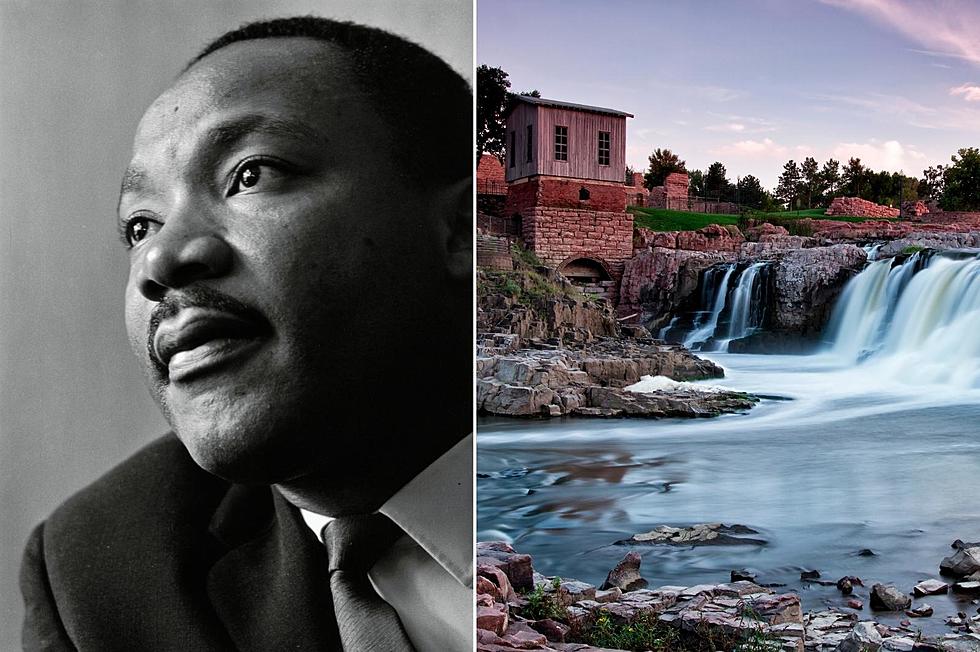
The Most Unusual Christmas Shopping Season In Sioux Falls History
It seems you see it earlier and earlier every year.
Christmas displays in the stores used to appear sometime shortly after Thanksgiving, right? Then it was shortly before Thanksgiving. Then it seemed like the 'Santa stuff' would show up not long after Halloween. And then, egads! We'd see Christmasy things before the trick-or-treaters had even come around. Heck, it probably won't be long before Christmas sales will be displayed next to the 4th of July firecrackers.
But did you know there was a year when it wasn't the retail stores trying to get you to holiday shop early? Nope. It was the Council of National Defense.

Wait a minute. What did the Council of National Defense have to do with Christmas shopping? Well, you have to go back to a Christmas more than a century ago. 1918 to be exact.
The United States was involved in a World War, World War I. Things were, as they say, tight. And according to the Library of Congress, the Council of National Defense issued rules concerning holiday shopping. The primary reason was to save on coal and gasoline, but perhaps just as important was the fact that stores didn't have the ability to hire extra seasonal workers.
Most of those potential seasonal workers were off to war or working for the war effort.
There were shortages of just about everything, so both retailers and the public were issued rules. Sales forces were not to be increased. Store hours were not to be increased. The public was to buy only 'useful' gifts. Deliveries were restricted. And the public was urged to buy Christmas gifts during the months of October and November.
And so that holiday season of 1918 in Sioux Falls (and around the country) would be an unusual one. People did come together and did what needed to be done to aid the war effort. And it was successful.
People did indeed shop early in 1918. And not because the retailers asked them to, but because the Council of National Defense did.
LOOK: Here's where people in every state are moving to most
More From KKRC-FM / 97.3 KKRC









